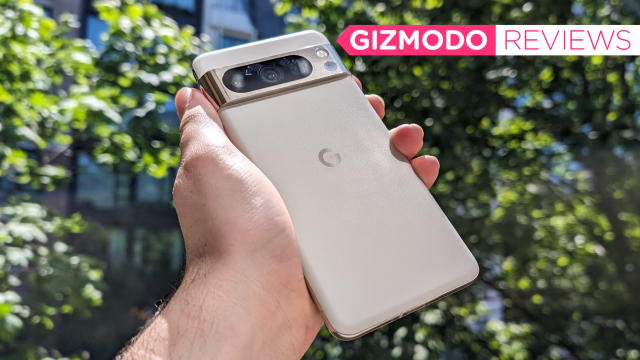The Google Pixel 8 Pro is among the best Android phones I have ever reviewed, with an incredibly well-rounded hardware and software offering that I very much prefer to many alternatives. Having used the Pixel 7 Pro for the last year as my main handset (and having been a lifelong iPhone user up until that point), the Pixel 8 Pro only improves upon what was offered – in most ways only slightly, but there are some areas where you’ll notice great differences.
I strongly believe that, for most people, the Pixel range of devices is the perfect pick for either an iPhone detox or to move away from Samsung. There’s just no beating the premium nature of the Pixels, and the Pixel 8 Pro is the flagship. However, this year, both the Pixel 8 and Pixel 8 Pro have risen in price, with the 8 Pro up by $400. Does the new generation justify the price hike?
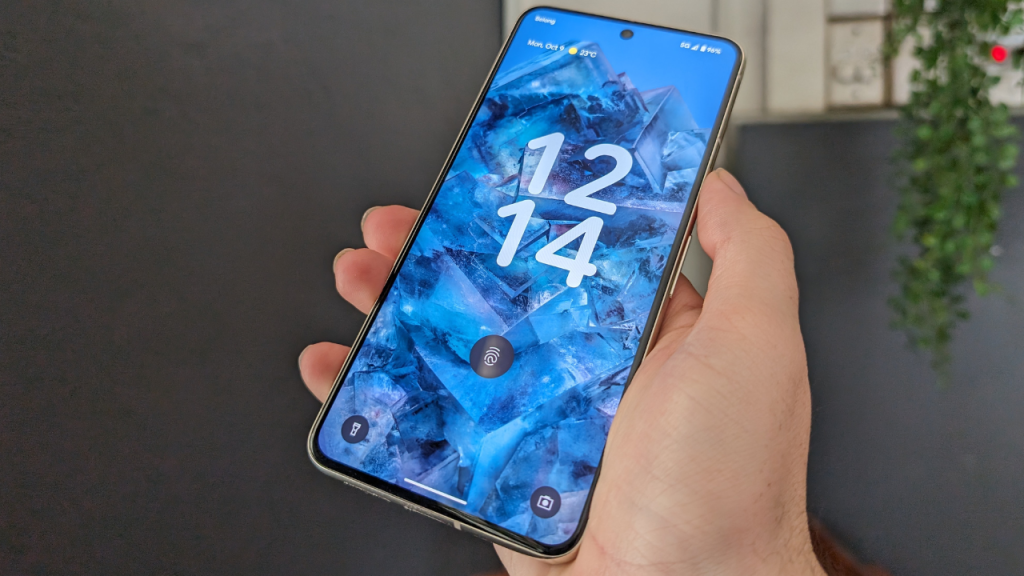
Subtle upgrades here and there
For most users, the biggest changes between the Pixel 7 Pro and the Pixel 8 Pro are on the outside – though there are some tweaks to the camera system, which we’ll get into in a specific section further down. A flat-screen (still OLED, 120hz, 1344 x 2992 pixels) has replaced the ‘waterfall’ display of the 7 Pro, which curved down the sides of the phone. I personally very much prefer the flat display – it looks much nicer, is less prone to being mistakingly tapped, and is naturally more resistant to cracks. It also makes the screen appear bigger, but it’s not – however, it is brighter at a maximum of 2,400 nits, up from the 7 Pro’s 1,500 nits. The display also feels a lot smoother, thanks to the upgraded Corning Gorilla Glass Victus 2.
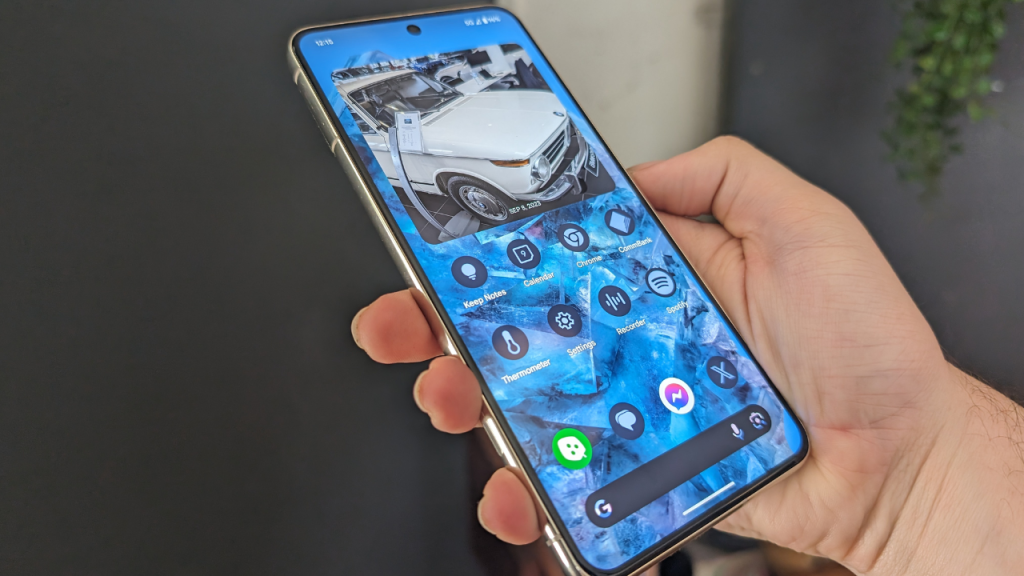
The other big change is on the back – a single glass panel now encloses all three camera lenses, whereas previously a glass panel covered the wide and ultrawide cameras, while a separate panel housed the telephoto lens.
To the touch, the back of the phone also feels much nicer – It’s still plastic, but it almost has a porcelain-like texture to it. You’ll no doubt have a case on this device for most of the time, but it’s nice.
But these are all extremely surface-level observations – let’s talk power.
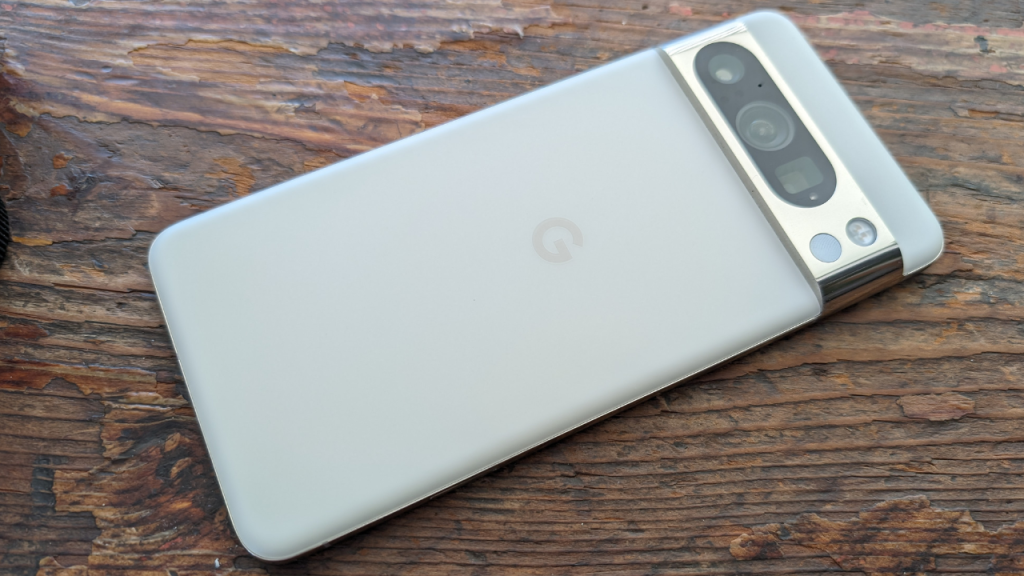
All the power you’d expect from a flagship
The Google Pixel 8 Pro has the power to keep going. Backed by Google’s own Tensor G3 chip (up from G2), an Immortalis-G715s MC10 GPU, and 12GB RAM across all storage options (128GB, 256GB, 512GB, no 1TB in Australia). For some light gaming, doom-scrolling through Twitter, phone calls, and for watching things on Disney+ and YouTube, I didn’t encounter any issues – bar a minor graphical glitch where assets on the screen were duplicating, resolved with a simple restart.
In our battery test, where we pit phones against the entire runtime of Avengers Endgame, you wouldn’t notice the Pixel 8 Pro’s battery has actually been upgraded on top of last year’s model – up to 5,050mAh, from 5,000mAh. In the first hour, the phone dropped to 87 per cent, then 74 per cent in the second hour, then 62 per cent in hour three (the same end result as the Pixel 7 Pro). A pretty average result for such a powerful device, underperforming against the iPhone 15 Pro Max slightly. During a day of use, starting from 100 per cent, I arrived home from the office with 65 per cent battery remaining.

Google also claims that the facial recognition on the Pixel 8 Pro is among the most secure available on Android right now (authorised for banking and secure apps) – and it’s fast, no doubt, but it’s also still 2D. Apple’s facial recognition relies on a 3D camera that projects invisible (to the human eye) dots to the user’s face, which a 2D camera just cannot compete with in terms of biometric security. I personally don’t think facial recognition is a reason to dissuade someone from buying a phone (I very much prefer fingerprint recognition anyway), but it’s still just 2D. You can only improve upon the base hardware so much.
Oh, what about the temperature sensor (the black dot on the bottom right of the camera bar)? I totally didn’t forget about that. It seems fairly accurate, capable of gauging the temperature of anything it’s placed against, such as a forehead or hot metal rail, using the built-in Temperature app. I don’t think I’m ever going to use it unless I suspect a fever, but let’s be honest – use cases for this feature are quite limited. If this is why the price of the phone has gone up so dramatically, then that is very disappointing. I’m lumping this feature in with the Oppo Find X3 Pro’s microscope, and I’m hoping that, like with the microscope, it’s forgotten about and discarded with the next generation. I’m currently 35.6 degrees Celsius, thanks for asking.
Truly the best test of performance comes from the cameras – an area where Google has excelled in recent years, ever since the introduction of the camera bar with the Pixel 6 range.
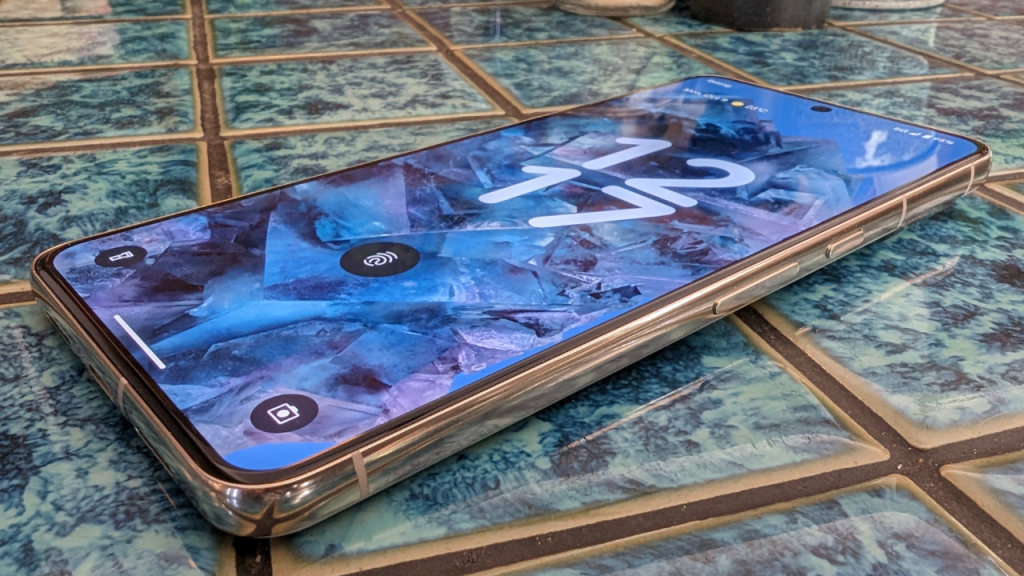
Let’s take some snaps
I can’t say a bad thing about the cameras of the Google Pixel 8 Pro – for me, this is all I need and more: Brilliant detail across all scenarios, but I’m sure as technology improves, I’ll need to adjust my expectations.
You’ll notice that the photos in this review and the Pixel 8 review are taken in exactly the same places, to underscore the quality differences between each phone.
The Pixel 8 Pro is equipped with four cameras: 50MP wide, 48MP ultrawide, 48MP telephoto, and 10.5MP selfie. Upon last year’s Pixel 7 Pro, the ultrawide lens has seen the most dramatic change, with a switch to a 12MP camera (the selfie lens also saw a 0.3MP drop, though this is hardly noticeable). New features, like Macro Focus, Astrophotography, Best Take, Audio Magic Eraser, Ultra HDR, RAW file types, Night Sight Video, Video Boost, and the Magic Editor have made their debut with the Pixel 8 Pro.
Taking snaps in the park, let’s start with a wide shot.

Now a close-up macro shot of some thistles.
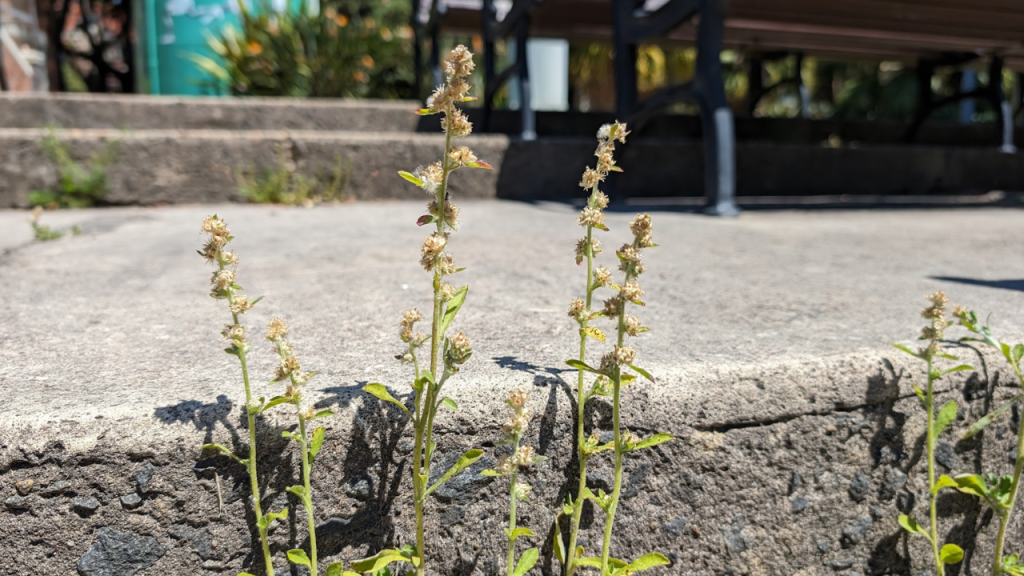
Now a close-up macro shot of a bird of paradise flower.

Now some selfies, one in the light, and one in a darker environment. This phone handles darkness like a champion.

Now some portrait mode snaps of assorted flowers.

Now an ultrawide-angle shot (0.6x).
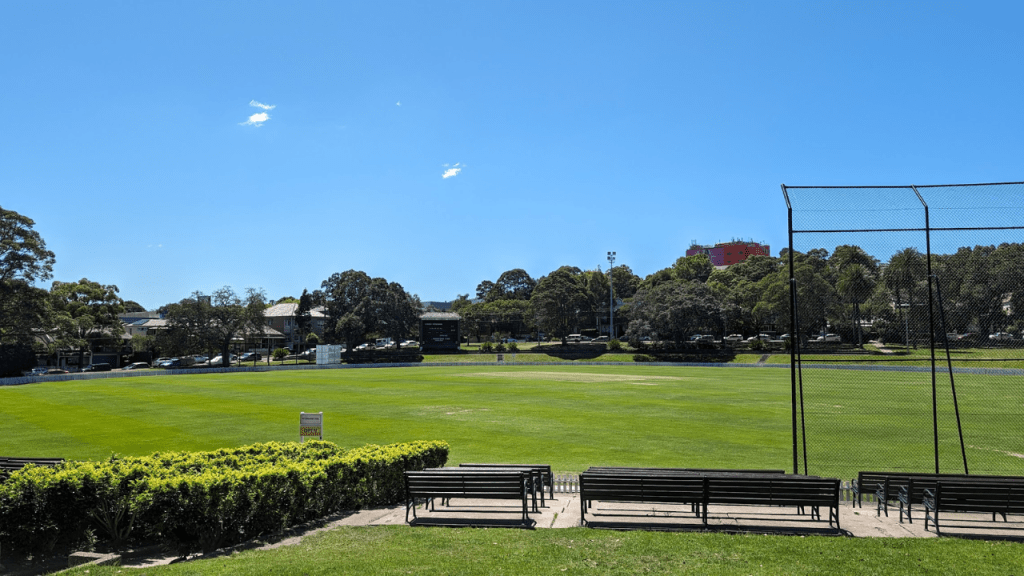
And now, maximum zoom (6x). The Pixel 8 Pro offers a nice level of detail.

Can you really hate any of this? For a $1,700 phone, you’re certainly getting your money’s worth with the cameras.
Just a note on Best Take, the new Google editing feature that allows users to swap out their faces in photos for better faces from other photos, it only works for group photos. I tried to get it to work during my single-person selfies, and it didn’t work. Left is the original shot, right is the edit with new faces (much of its face generation is reliant on the existence of other photos, which is why my teeth made it into the edit). I was given the option of switching between several different edits of my friend’s faces, some of which just weren’t any better than the original photo. Obviously the edits didn’t account for shadows or changes in lighting on the face, but the results are still… Interesting.

The Pixel 8 Pro: Google, you’ve done it again
If the Pixel 7 Pro was a reason to join Google’s walled garden, then the Pixel 8 Pro only improves on it – it’s just a shame that the entry price has risen so much with this model, up from $1,299 last year to $1,699. I’m not entirely convinced there’s enough in terms of feature improvements to justify this sharp price increase. Over the past two generations, the Pixel range has been celebrated for its value proposition – extremely well-rounded specs, including some of the best cameras on the market. Now, the price seems more realistic and aligned with Samsung and Apple’s high-end devices – it just sucks that this locks out many customers, although the Pixel 7a (and the likely upcoming 8a) may satisfy budget-minded users.
I recommend the Pixel 8 Pro if you’re after a flagship smartphone with some of the best performance on the market, and if you’d like to switch away from Apple or Samsung. If you currently own the Pixel 7 Pro, I don’t think you’d notice much difference, and I don’t think you should upgrade.
Where to buy the Google Pixel 8 Pro?
Outright, via the Google Store website:
- The 128GB Google Pixel 8 Pro will cost RRP $1,699
- The 256GB Google Pixel 8 Pro will cost RRP $1,799
- The 512GB Google Pixel 8 Pro will cost RRP $1,999
Each model is available in Bay, Obsidian, and Porcerlain colours.
Image: Zachariah Kelly/Gizmodo Australia
